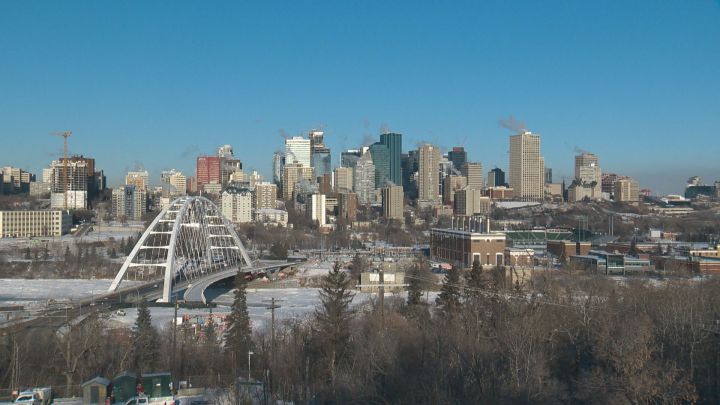The research co-ordinator for the Edmonton Social Planning Council anticipates Alberta’s capital will fare better than the national average when a new definition of the poverty rate is implemented by the national statistics office.

Sandra Ngo was reacting to word from Ottawa on Monday that Statistics Canada is about to redraw the definition of the poverty line.
If approved, it could mean more people are considered to live below the low-income threshold.
“We’ve been involved with a lot of the conversation about how the national poverty line will be calculated and what that means for Edmonton,” Ngo said.
She said the hope is everyone will get on the same page in terms of how poverty is measured.
Ngo said she is anticipating better data, from an improved data source. She said the new definitions are expected to be made from life decisions of individuals, like how they commute, their purchasing habits and how active you can be in your community.
She said the calculation is based on what is known as the “market basket measure (MBM).”
The last time the made-in-Canada measure was updated was in 2008. At that time, poverty rates increased by 2.2 per cent because the financial cutoff used to define who was low-income was raised.
Ngo credits program improvements under the NDP for having a positive impact on poverty.
“Before the changes to the Alberta Child Benefit, we saw a lot of improvement, especially to families that were in couples,” she said. “So those programs were making a mark in reducing our poverty rates.
“It’s remaining to be seen now that that program is being changed. It’s going over to the new Alberta Child and Family Benefits. We don’t know yet how that will affect the poverty rate.”
According to the fact sheet published on the Edmonton Social Planning Council’s website, changes made in the 2019 Alberta budget will not take effect until next spring’s budget covering the 2020-21 fiscal year.
The anticipation from the council is inflation and population growth will mean, in real per capita terms, spending will be down 17 per cent.
“The proportion of people in poverty tends to stay the same, but because we have a bigger population overall, that means that more people will be in need in Edmonton,” Ngo said.
“We need a city to figure out that as we’re growing, how do we grow those supports for people who are joining us, and how do we make sure it’s an inclusive, vibrant city where everybody can thrive.”
The federal Liberal government adopted the MBM as the country’s official poverty line last year and set aside $12 million over five years to update the basket.
–With files from The Canadian Press
Watch below: Some Global News videos about poverty in Alberta.















Comments